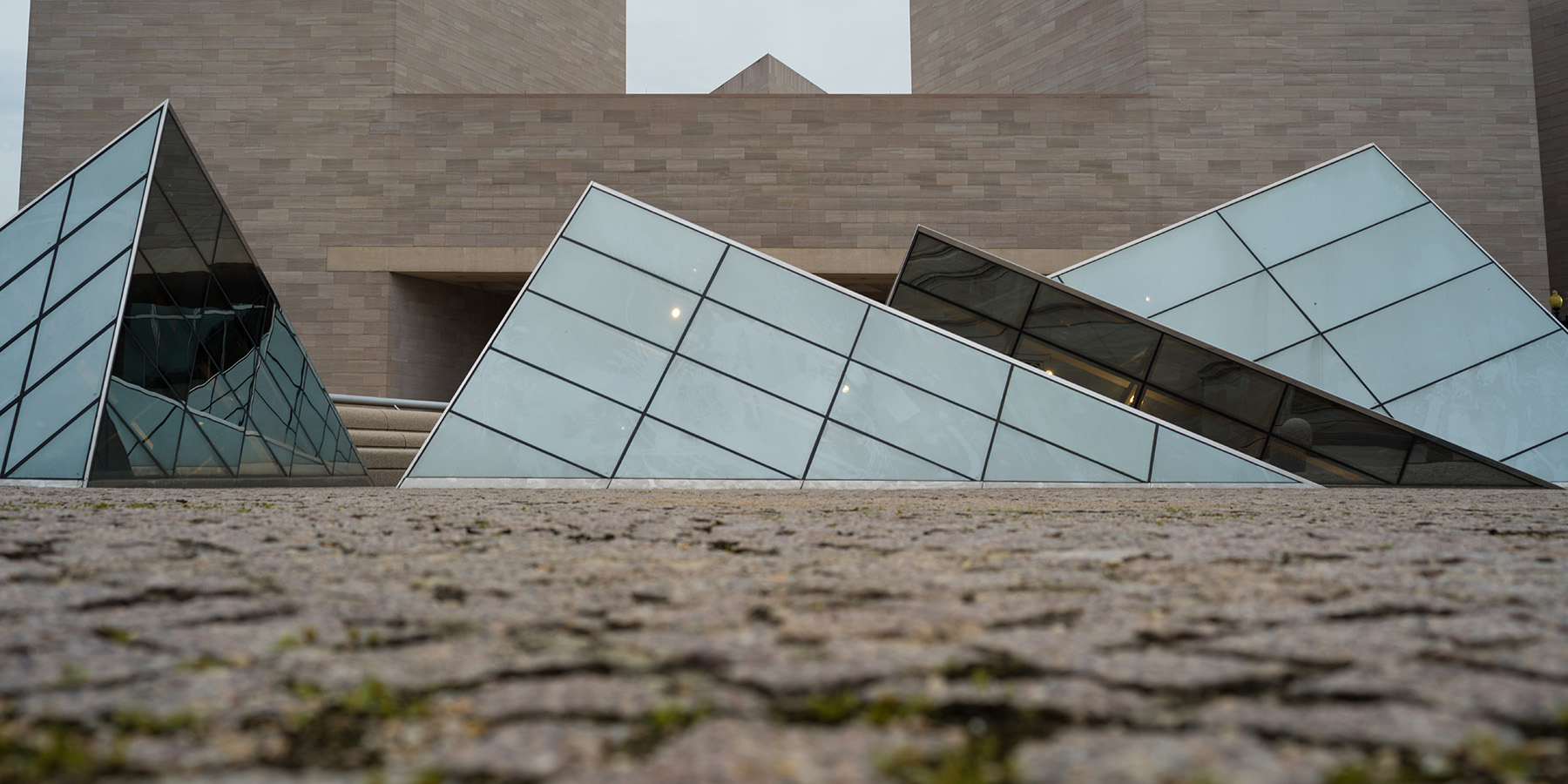Rembrandt van Rijn understood that art has a history, and he envisioned his place in it. Rembrandt’s vast knowledge of art—both of the past and of his immediate milieu—was central to his creative process and artistic production, and to his self-making. Rembrandt was acutely aware of ambitious early modern artists who, in the wake of the revival of antiquity and the artists’ biographers Giorgio Vasari and Karel van Mander, operated with heightened art-historical self-awareness. In this age of art history, virtuous rivalry—as opposed to envy—was the “spur of wit” that prompted new heights of artistic excellence, as evidenced by the emulative rivalries of Michelangelo, Raphael, and Titian; Annibale Carracci’s self-conscious assimilation of past styles; Gian Lorenzo Bernini’s imitation of Michelangelo; and Peter Paul Rubens’s appropriation of the antique.
In the 17th-century Dutch Republic, when portrait, landscape, still-life, and genre painters took to narrowing their art histories, Rembrandt—irrepressible borrower, thief, and imitator—stood out for his voracious artistic appetite and for the breadth of his art-historical reach. He understood that Netherlandish painting had a distinctive history founded in color, beginning, as then believed, with Jan van Eyck’s invention of oil paint. He drew inspiration from the art of Italy and antiquity. At the same time, he was aware that the classical system of learning was under siege from Caravaggio, whose reliance on nature and artistic irreverence were legendary. Rembrandt, too, chafed at the rules of art, even while learning from, appropriating, and subverting the vast array of works that were essential to his inventiveness, and to his ambition to forge a new universal art that united Northern and Southern Europe.
Rembrandt’s house in Amsterdam, today’s Museum Rembrandthuis, establishes the scope of Rembrandt’s art history—of his understanding of art’s history. Its juxtaposition of Rembrandt’s schilderkamer (studio) and his art collection and kunstkamer (art cabinet) provides a locus for positioning Rembrandt in his liefhebber (art lover) culture of learned collecting and discourse. Rembrandt’s education and formative years fostered his imitative approach. He trained in a system that was rooted in learning through copying, and that championed collaboration, productive exchange, and friendly rivalry. His teacher Pieter Lastman nurtured his competitive ambitions. Constantijn Huygens, secretary to the stadtholder, challenged Rembrandt to surpass Raphael and Michelangelo and to give “the Italians cause to come to Holland.” A period of extreme co-creativity with Jan Lievens cemented Rembrandt’s ethos of emulative rivalry.


